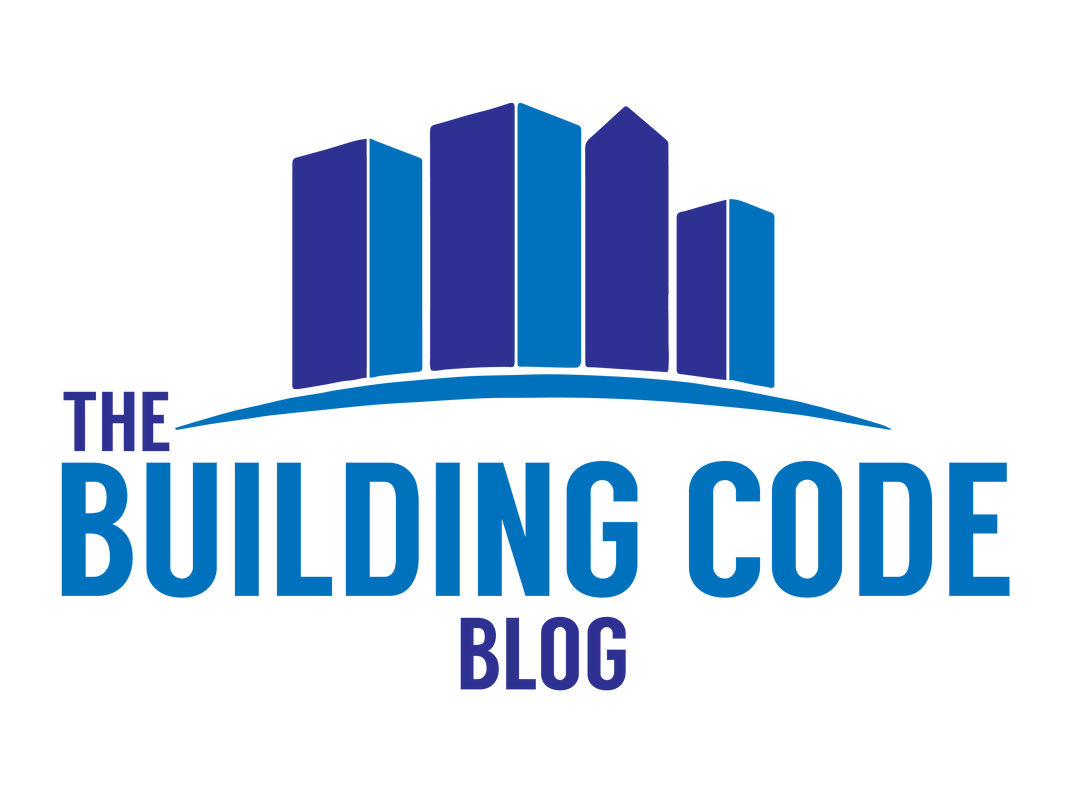|
Key Takeaway: An FPEDE report is a detailed analysis of fire protection and life safety requirements. It is required for certain projects in Prince George's County and Rockville, MD. If you are working on a project in Prince George's County, MD or in Rockville, MD, you may have had a last minute scare on a project, where you learned that a Fire Protection Engineering Design Evaluation Report (FPEDE) was required. In this article, we'll discuss what and FPEDE is, when it is required, and how you can obtain one for your project. If you already know you need an FPEDE for your project, our friends at Campbell Code Consulting can help you. Click here to contact them directly.
1 Comment
As I have spent time in existing buildings over the years, whether surveying a building for potential renovations, reviewing existing conditions or doing inspections, the concept of the building “meeting code” often comes up. Building owners, building maintenance staff, or anyone that is concerned with the operation or maintenance of a building wants to know if their building is up to code. Unfortunately, “meeting code” can mean several different things, and it is easy to lose track of which codes actually apply to an existing building. Does the International Building Code apply? Or is the International Existing Building Code? Or both?
In this post, we’ll explore the various building and fire codes that could apply to your existing building. There are many other codes (e.g. electrical, elevator) that we won’t specifically address, but the general thought process for those is similar. All references will be to the 2021 ICC codes, but many states and local jurisdictions modify these requirements, so be sure to verify the specific requirements for your area. Note: If your building is a one or two family dwelling or a townhouse, the International Residential Code (IRC) is likely the applicable code. The IBC and IEBC typically do not apply to such buildings. |
Categories
All
Sign up to receive Building Code Blog UpdatesArchives
July 2024
|
The Building Code Blog
- Home
- Blog
- About
-
Tools
- Allowable Height & Area Calculator - Non-Separated Mixed Occupancy
- Allowable Height & Area Calculator - Separated Mixed Occupancy
- Average Grade Plane Calculator
- Calculated Fire Resistance for Wood Walls
- Fire and Smoke Damper Tool
- Fire Wall/Exterior Wall Intersection Tool
- Frontage Calculator
- IBC Occupant Load Calculator
- Plumbing Fixture Calculator
- Stair Pressurization Estimator
HomeAboutBlogContact |
Copyright © 2019-2024 The Building Code Blog
The views, opinions, and information found on this site represent solely the author and do not represent the opinions of any other party, including the author's employer and the International Code Council, nor does the presented material assume responsibility for its use. Local codes and amendments may vary from the code requirements described herein. Fire protection and life safety systems constitute a critical component of public health, safety and welfare and you should consult with a licensed professional for proper design and code compliance.
|
 RSS Feed
RSS Feed
